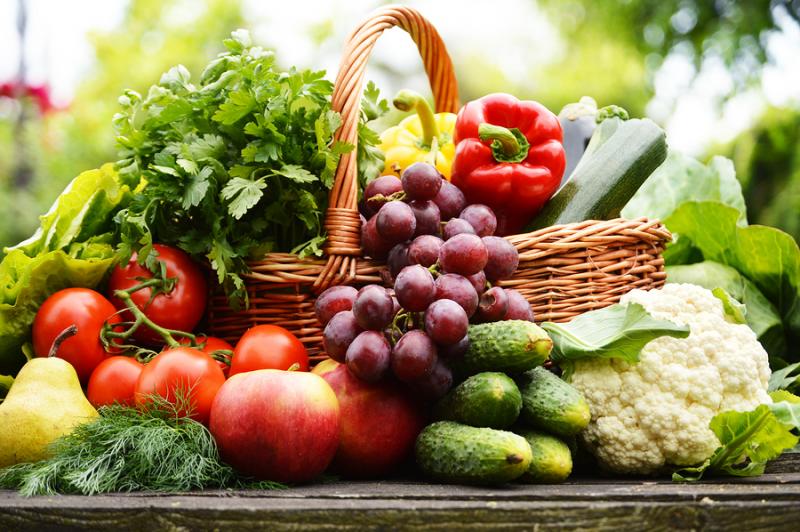Located as close to the house as possible, the kitchen garden - l’orto - is an indispensable part of Italian country life. It provides fruit, vegetables and herbs for the family throughout the year, which are eaten fresh, bottled, pickled, dried, frozen or made into succulent sauces.
But a kitchen garden is much more than that for an Italian. It also provides an escape from the pressures of everyday life. Time spent caring for the orto provides an opportunity to get back in touch with nature, to till the ground and reap its benefits as generations have done before. It also generates endless conversational opportunities: there has been no rain, or perhaps too much; the sun has been kind and the vegetables are fat and healthy; or it has shone too hard and hot and all the plants are scorched.
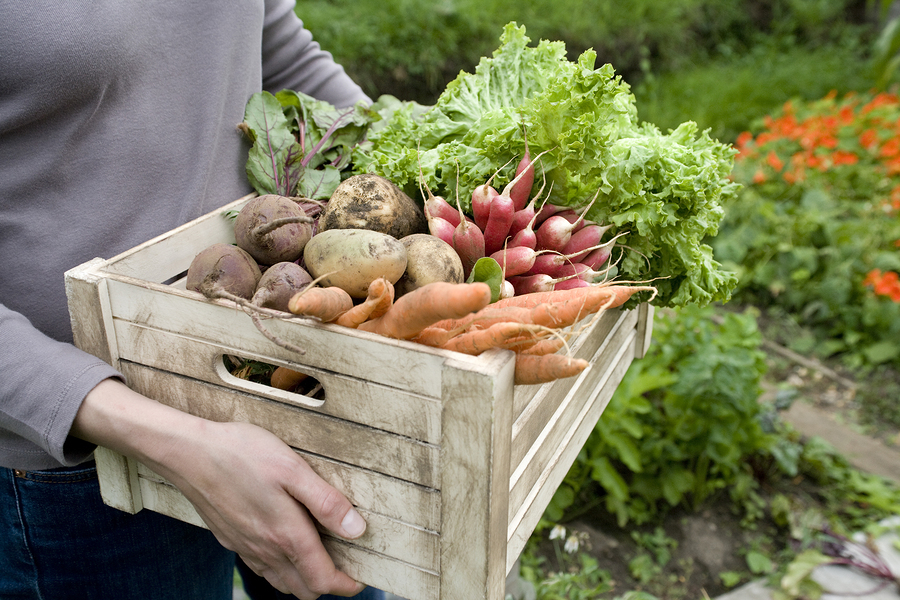
Maybe marauding porcupine have eaten the melons, or a wild boar has trampled over the cabbages. Whether providing food for the table or food for thought, there is always a sense of continuity and tradition in an Italian kitchen garden. And, of course, it is prepared, planted and harvested with the most meticulous attention paid both to the weather and the moon’s most auspicious phase.
Although gardening using the moon is not that well known in many parts of the developed world, it is an important factor in Mediterranean gardening. In Italy you can buy books and calendars on the subject which sport graphs and charts full of arcane symbols to represent the luna crescente, waxing moon; luna nuova, new moon; luna piena, full moon; and luna calante, waning moon.
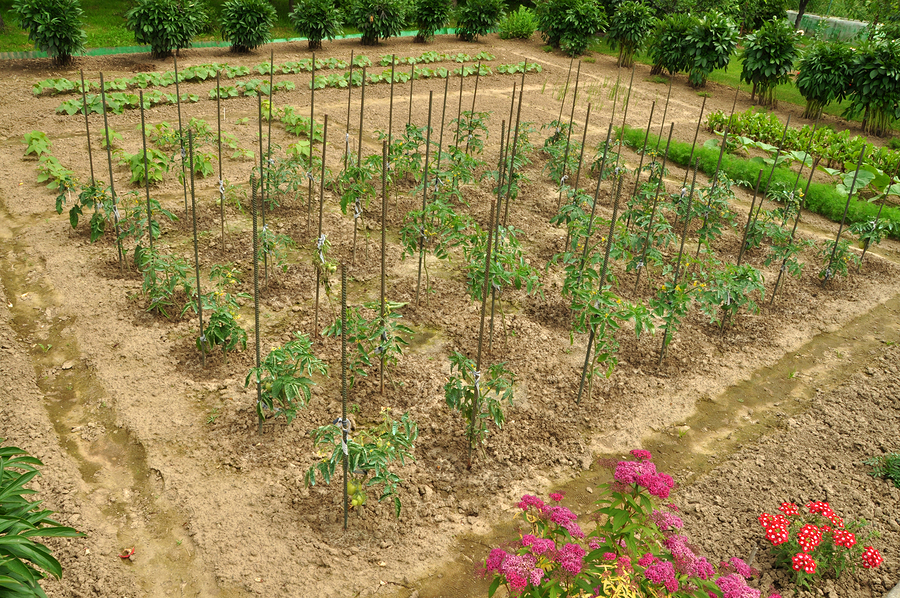
Of course, most country people don’t need books to tell them what to do, it is part and parcel of country life. They believe that just as the moon has the power to control tides and moods (think of the origin of ‘lunatic’, or watch how your children, animals and friends behave when the moon is full). It also has the power to pull water into delicate roots, or withdraw it when the time comes for the plant to be moved or harvested, so that it isn’t too traumatised by the activity. This same logic applies to anything that grows, from hair and nails to babies, both human and animal!
Which phase of the moon to use depends on the type of plant and what you plan to do to it. Those kitchen-garden vegetables which develop underground such as garlic bulbs, onions and potatoes, are generally best planted and harvested during a waning moon, although strangely enough carrots need a waxing moon. Maybe it’s the shape. Maybe we shouldn’t go into that.
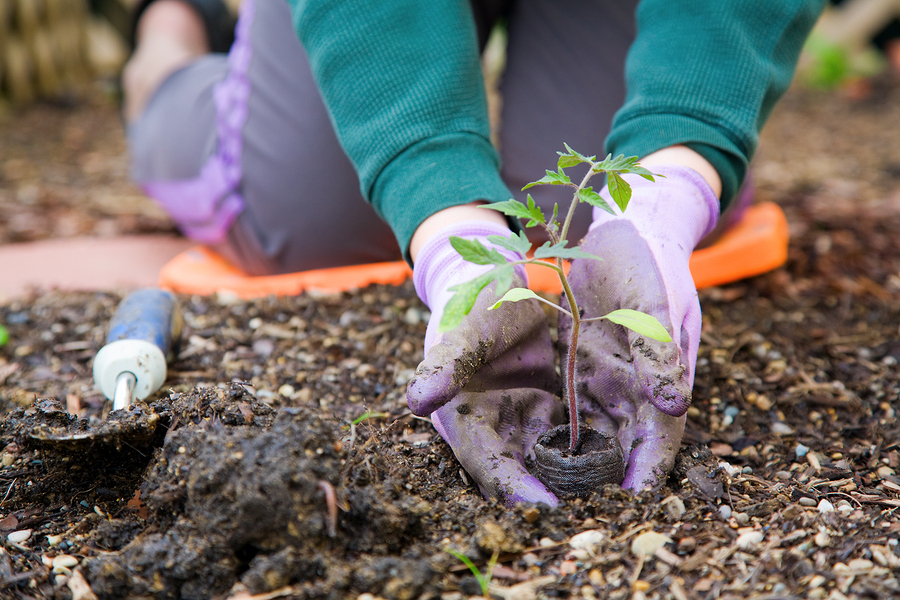
Many of the vegetables with an edible ‘fruit’ growing above ground - peas, beans, peppers, aubergines and tomatoes - are best planted and harvested during a waxing moon, but remember that if you are going to conserve the produce, by drying, freezing or making a passato (thick tomato purée), then they should be picked when the moon is on the wane.
Those other staples of the Italian kitchen garden, lettuce and cabbage, are both sown during a waning moon and harvested during a waxing one. You can begin to see why a book (or several) can come in quite handy for those of us who do not normally include heavenly bodies in our gardening plans.
The ideal location for the orto is in full sun, and not shaded by trees or shrubs. In Italy’s hot climate, regular watering is especially important, so the garden should be near an outside tap or have some kind of underground watering system in place. It is actually forbidden in many areas to use mains water for gardens, and so well-water is used.
Over the winter, the kitchen garden will never be left completely bare. There are rows of cavolo nero winter cabbages, their long dark leaves of purplish-green contrasting with the tall, flat foliage of giant leeks, or the curly lime-green heads of endive. White heads of cauliflower show up brightly against huge dark green leaves veined with cream. The winter orto is a feast for the eyes as well as the table.
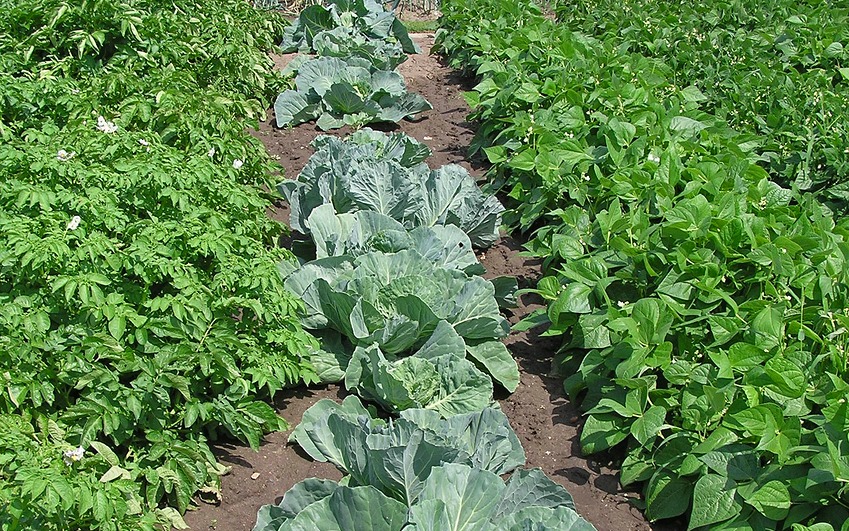
And so, towards the end of February, this hard-working kitchen garden, which has slowly given up its treasures over the winter, is being prepared for the transformation once again into a lush, fertile collage of colours, tastes and smells as the sun starts to gently warm the soil, ready for spring planting.
| English Name | Italian Name | Moon’s phase for sowing | Harvest/moon’s phase |
| broad bean | fava | 4-5 days before a full moon | June-October - waxing moon for eating fresh, waning moon for storing |
| cabbage | cavolo | waning moon | July-September - waxing moon |
| carrot | carota(precoce) | waxing moon | From June - waxing moon for eating fresh, waning moon for storing |
| celery | sedano | waning moon | Transplant during and harvest (late summer) during waxing moon |
| garlic | aglio | waning moon | July-August, when leaves are dry - waning moon |
| lettuce | lattuga | waning moon | June-October - waxing moon |
| onion | cipolla | waning moon | From June harvest during waning moon when bulbs are well-developed |
| parsley | prezzemolo | waxing moon | When grown - waxing moon |
| potato | patata | waning moon | June-July - waning moon |
| spinach | spinacio | waning moon | May-October - waxing moon |
